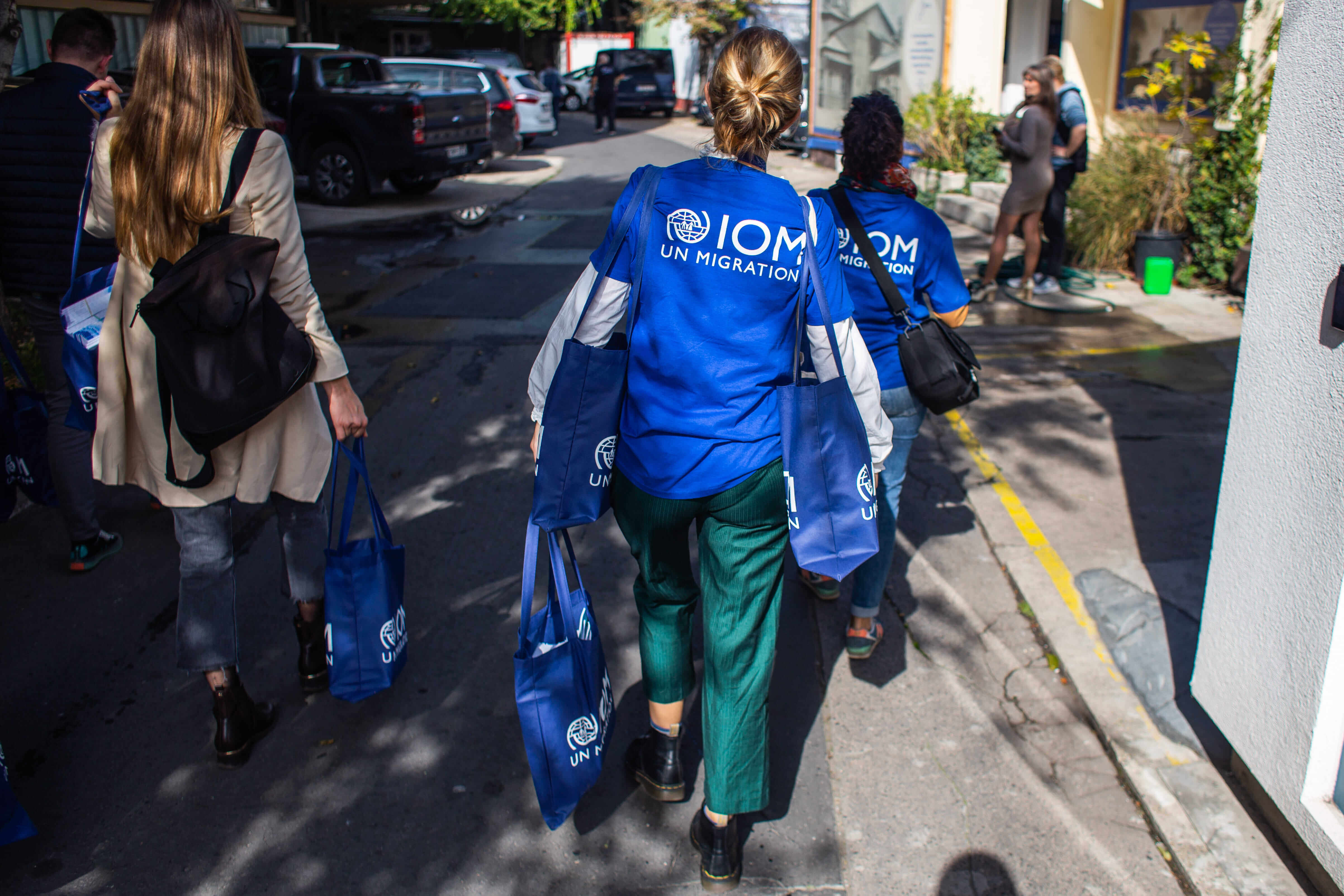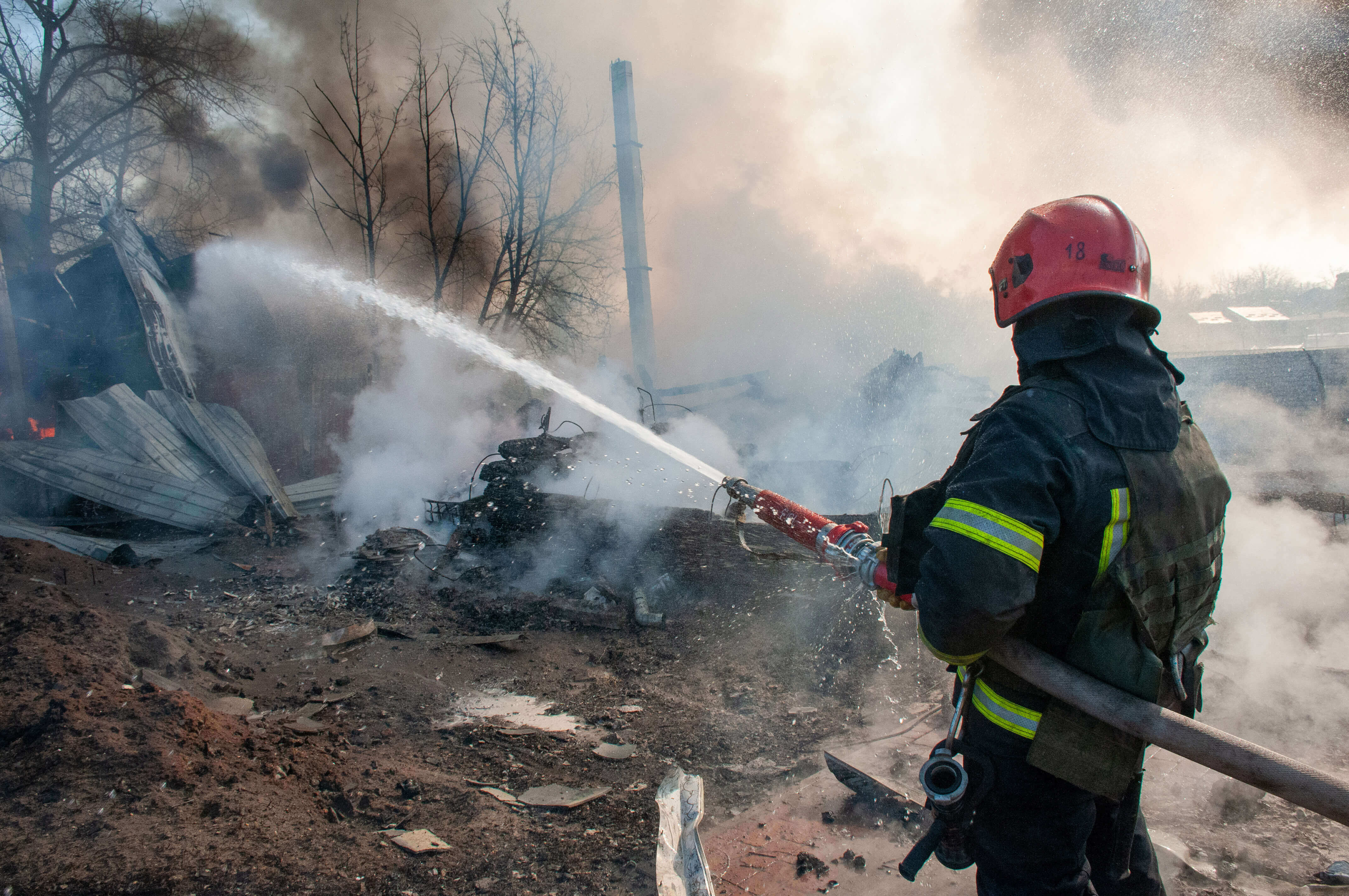Key Figures
24.2%
live below
poverty line
live below poverty line
2.4M
jobs lost
$152B
estimated damage to housing,
transport, energy, commerce
and industrial sectors
$10.8B
in direct damage to power,
gas and heating infrastructure
4.5M
new workers
needed to meet
constructions needs
10%
of national housing stock
damaged or distroyed

IOM workers provide NFIs and schooling items in Hungary. © IOM 2022
Planning Assumptions
While the future direction and dynamics of the war remain uncertain, planning assumptions are possible given the trends that have become apparent since 2022. Moreover, the reality of the scale of impact from the Russian invasion on Ukraine, and the effect this has had on the Republic of Moldova and other hosting countries allows IOM to plan for activities that will remain, regardless of major changes in the conflict scenarios. IOM and its partners can only cover a limited, targeted percentage of the needs and these limitations will remain even in the best-case scenario where returns increase, and recovery is robust. Needs and rights-based targeting and delivery of assistance and services, with protection being at its core, will remain a cornerstone of IOM programming. Read more on planning assumptions

Large scale surges in displacement are less likely, barring catastrophic events.

Occupied areas will continue to pose difficulties in humanitarian access and monitoring of population needs and protection risks.

Temporary protection directive and similar mechanisms will remain a core tool for providing legal protection and assistance to refugees from Ukraine.

Labour workforce will become an increasingly important factor in recovery.

A firefighter extinguishes fire caused by shelling in Kharkiv, Ukraine. Winter 2022. © IOM 2022/UNIAN Andrii Marienko